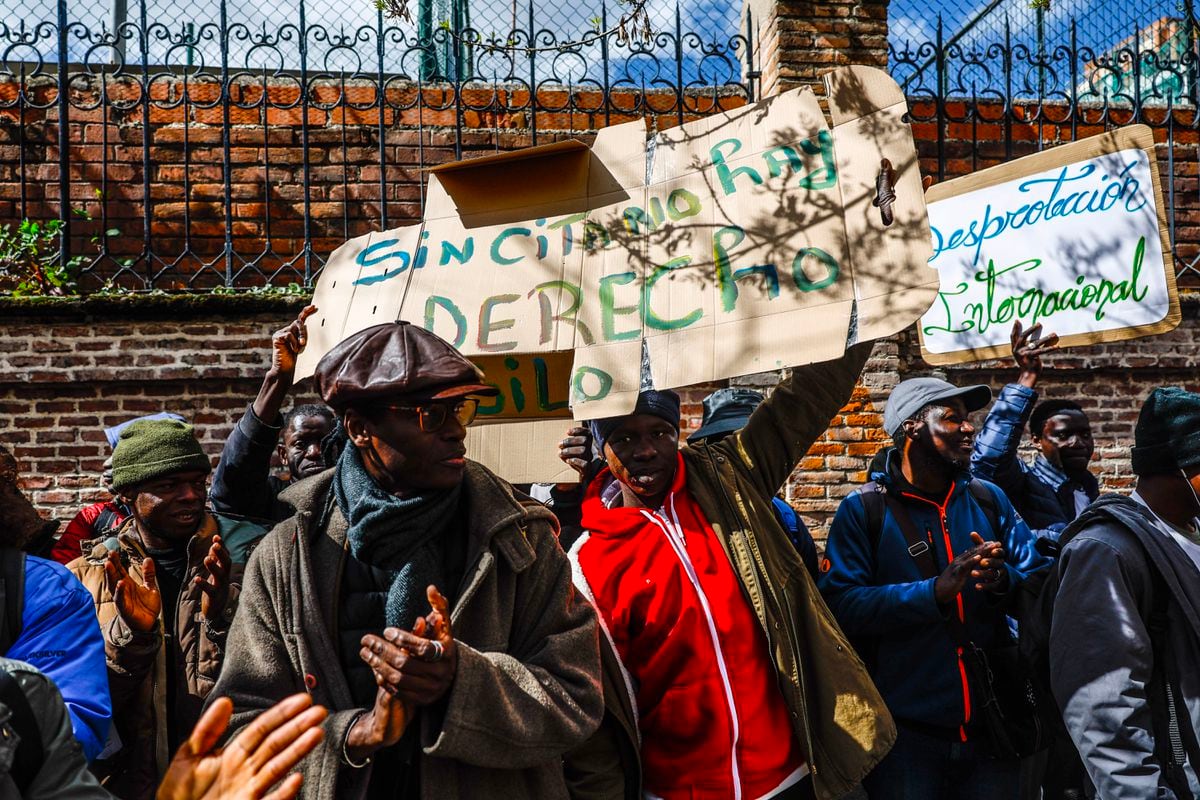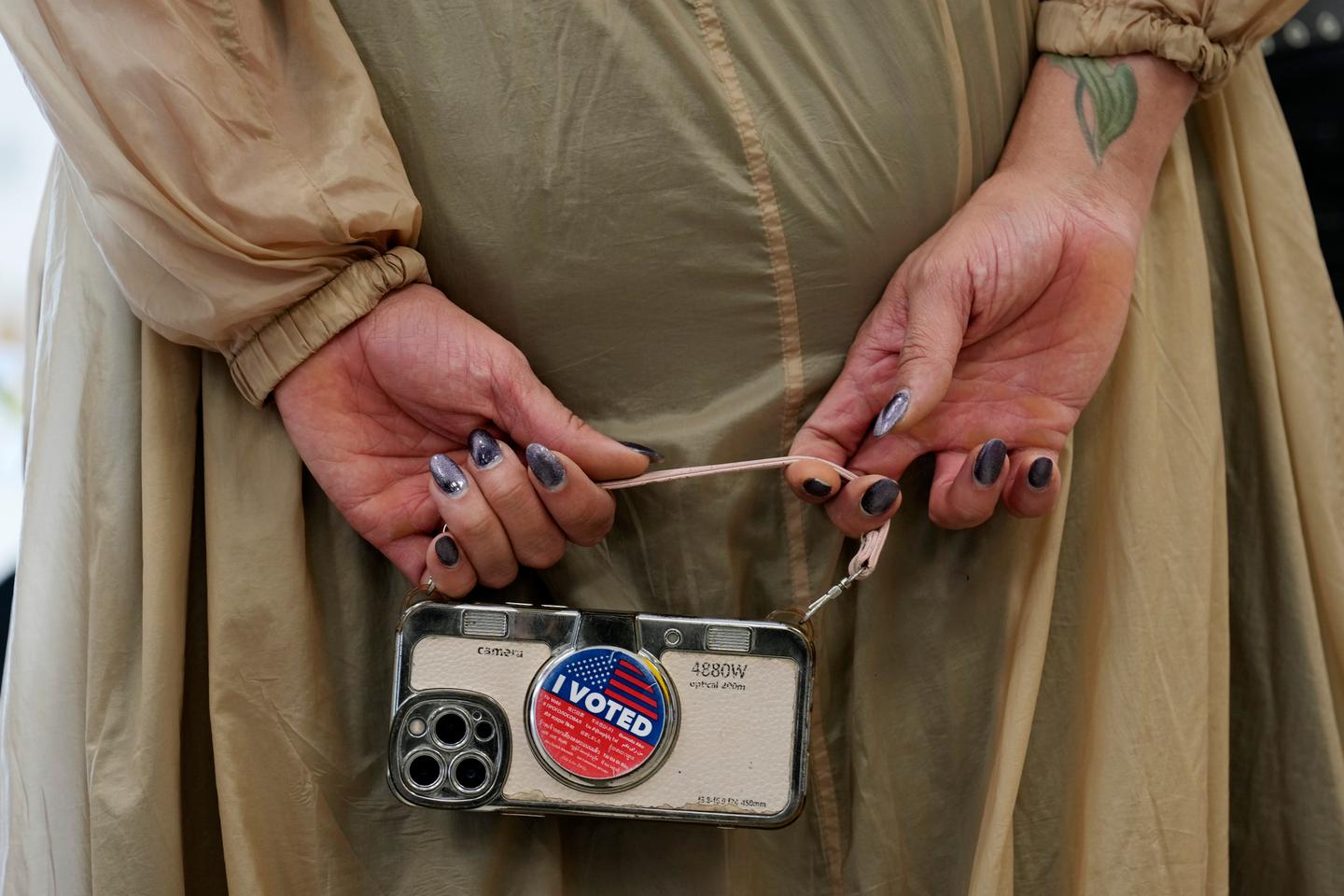Paris 2024 considers plan B for para-triathlon depending on Seine swimming conditions – Technologist
Just before the start of the Paralympic Games, the Seine is still a main topic of conversation. “Did you like season 1? You’ll love season 2!” quipped national technical director of the French Triathlon Federation Benjamin Maze on Monday, August 26, at the press conference for the para-triathlon. The triathlon events are due to be held on September 1 and 2.
Unlike for the Olympic Games, water quality is no longer the main concern. This time, it’s the current that’s the subject of debate, as the river is still swollen from the heavy rainfall at the start of the summer and the stormy showers in July and August. On Tuesday, August 27, readings at the Paris-Austerlitz hydrometric station showed a flow of 230m3 per second, around double the normal rate for summer (100 to 150m3/s).
This is certainly less than at the Olympics, when the flow was three times the usual summer level. But, after seeing athletes in the marathon swimming event put through the wringer by swimming against the current, giving the impression of treading water, “the international triathlon federation [World Triathlon] and Paris 2024 looked ahead to the Paralympics to consider another scenario that would avoid making it more difficult for athletes,” explained Maze.
Plan A would see athletes jump off the floating pontoon at the foot of the Alexandre-III bridge for a 750m loop to the Invalides bridge, before returning, against the current, to the Invalides port and the first transition zone (swimming-cycling). Plan B would consist of a single stretch rather than going and coming back, and the distance would be longer. “If we only did 750m, the duration of the event would be much shorter than in any other triathlon competition,” explained Maze. “The idea is to take into account the strength of the current to regulate the swimming distance and to have an effort time equivalent to a race with ‘neutral’ current conditions.”
The decision “will be announced on August 27 or 28 at the latest,” according to the national technical director, so that the athletes can train at least once in the Seine and get their visual or sensory bearings depending on the scenario chosen.
‘It affects performance’
Annouck Curzillat, who is visually impaired and won bronze at the Tokyo 2021 Paralympic Games, isn’t worried. “Since the start of my career, we’ve already experienced plenty of changes to the course an hour beforehand, to the format, etc. These aren’t things that scare us; we’re used to dealing with them,” she said.
The aim of Plan B is also to avoid any disparity based on disability. While for able-bodied athletes, a change to the course can have an impact on performance, for Paralympic athletes, the consequences are tenfold. In fact, athletes competing in the same category do not necessarily have the same degree or type of disability. “Obviously, in the swimming part, when you only have one arm or when your lower limbs are more affected, it affects performance in general,” continued Maze.
You have 16.29% of this article left to read. The rest is for subscribers only.


